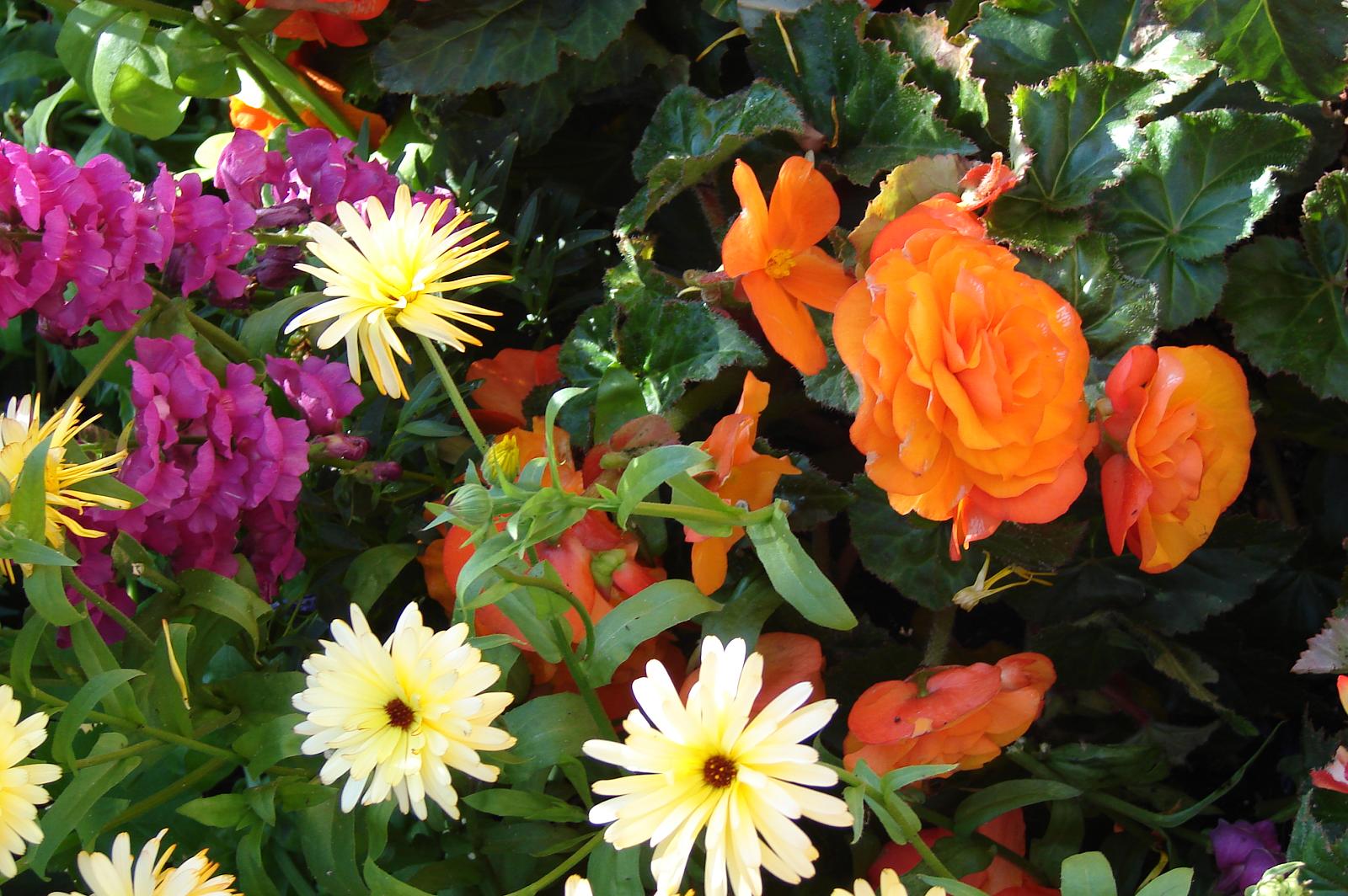Extending Summer Bloom Time

It’s sad to see certain flower bloom times come and go, with heavy summer heat coming in fast it often seems too soon. There are certain things we can do to in our gardens to ensure to get maximum endurance from our flowering plants.
Deadheading
Off with their HEADS!! The queen of hearts had it right with this cry. Perhaps she was also talking about her famous rose garden. Most flowering annuals and many perennials will benefit from the prompt removal of dead or dying flowers. Deadheading and “pinching back” are two terms often used interchangeably but they are quite different in their function. Dead heading really refers to the removal of a dying blossom. This process is designed to give the plant more energy to produce new blooms or encourage buds to open. It’s about survival of the fittest and a dying bloom is actually just going to seed as part of it’s natural cycle. When you remove the part of the plant that is going into this stage the plant thusly thinks “my work here is done!” and begins winding done and conserving energy by not producing any further flowers. Pinching back is really just about keeping a plant bushier when it begins to get a little to tall or “leggy”. Being leggy is not a desirable quality in a plant.
Feed them!
Keeping up a regular regime of feeding is a huge part of keeping your summer garden bright and cheery until the early days of fall. The key elements of your fertilizer product will nitrogen, phosphorus and potassium or N – P – K (K is potassium’s symbol on the periodic table) Nitrogen focuses of the green growth, stems & leaves; phosphorus will promote flowering and fruiting and potassium is like the multi-vitamin that will contribute to the overall vitality and health of your plant.
To extend your bloom time, you want to select a fertilizer with a higher amount of phosphorus. Each one is different. The NPK number is used on all fertilizer packaging to indicate the amount of each element, a bloom boosting fertilizer would have an NPK ratio of or close to 10-30-20.
Water longer
Good blossoms need a good root support system. Makes sense right? Well great roots need to be deep, and you can encourage their downward spread by watering deeply once a week vs. little waterings more frequently.
Winter Cover
Though it does not apply to annuals which of course need to be replaced yearly. But is especially true in newly planted perennials. In the spring early frosts can hurt bud development as well as any new growth. Keeping the crown of plants covered with mulch through April and May will help to protect these buds and any soft new growth from late frosts.

